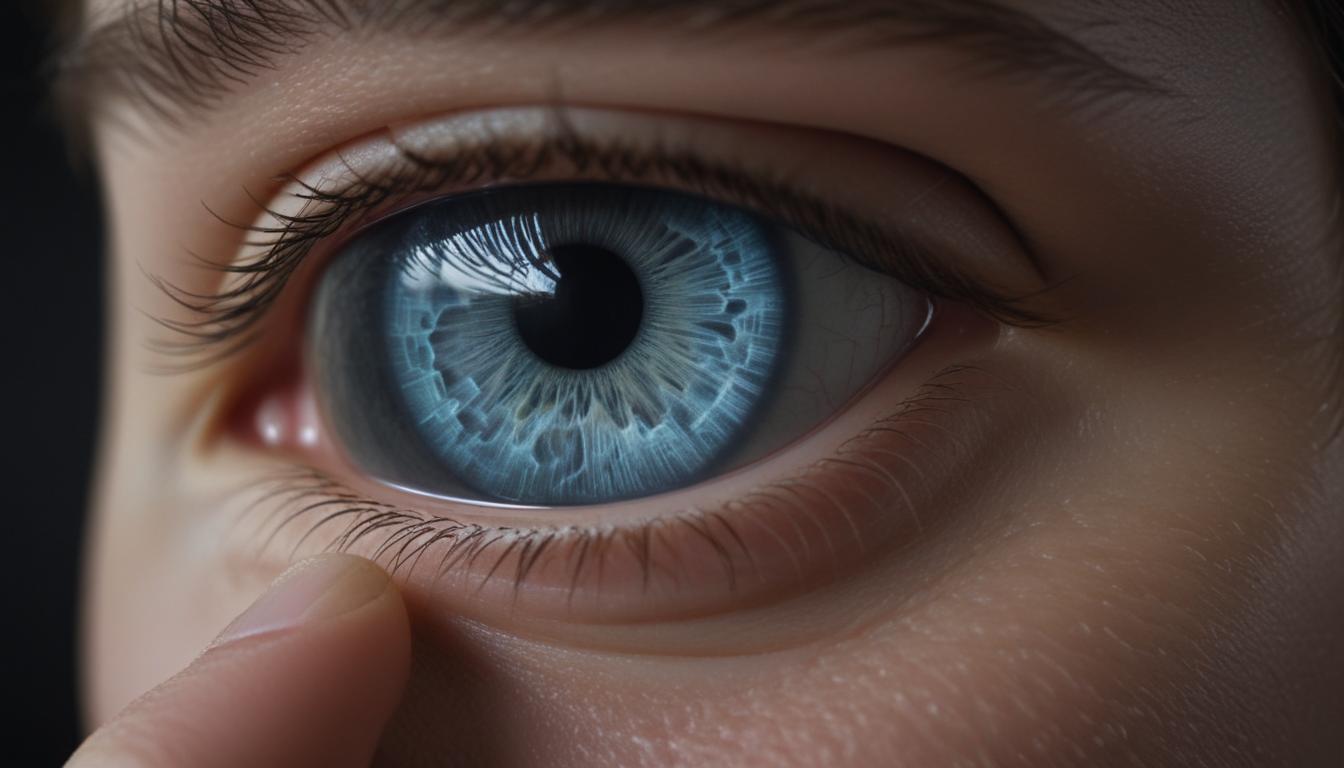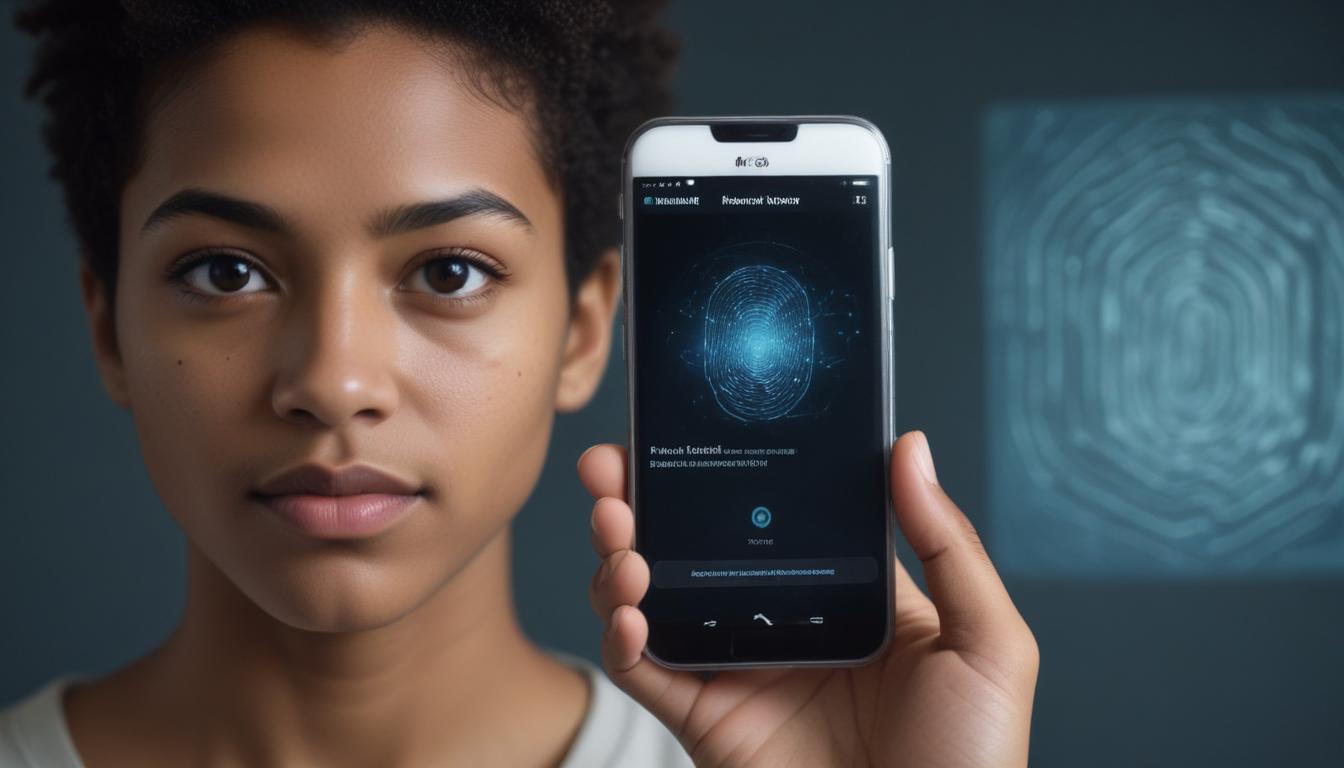Now Reading: Biometric Security vs Your Privacy
- 01
Biometric Security vs Your Privacy
Biometric Security vs Your Privacy

Unlocking the Truth About Biometric Technology Security vs Privacy
You unlock your phone with your face. You log into your banking app with your fingerprint. It’s seamless, it’s fast, and it feels like the future. But a nagging thought might be lingering in the back of your mind. Where does that fingerprint scan go? Who has access to my facial data? If a password gets stolen, you can change it. But you can’t exactly change your face.
This uncertainty is the price many of us pay for convenience. You’re not alone in feeling a little uneasy about this powerful technology. The good news is that you don’t have to choose between living in the Stone Age and handing over your most personal data. This guide will demystify biometric technology, giving you the clarity to understand both its incredible security advantages and its very real privacy risks.
What is Biometric Technology Anyway
Before we dive into the pros and cons, let’s get on the same page. Biometric technology is a method of identifying and authenticating individuals based on their unique biological and behavioral characteristics. Think of it as using “you” as your password.
These identifiers are sorted into two main categories:
Physiological Characteristics These are related to the physical structure of your body. Common examples include fingerprints, facial recognition, DNA, hand geometry, and iris or retina scans.
Behavioral Characteristics These relate to patterns in how you act. Examples include your gait (the way you walk), your voice pattern, or even your typing rhythm.
For most of us, our daily interactions are with physiological biometrics, primarily through our smartphones and laptops.
The Allure of Biometrics The Major Security Benefits
There’s a reason this technology has become so widespread. When implemented correctly, it offers significant advantages over traditional security methods like passwords and PINs.
Unmatched Convenience
Gone are the days of frantically trying to remember which variation of your pet’s name and birth year you used for a specific account. Biometrics are effortless. A simple glance or touch is all it takes to gain access. This friction-free experience is a massive draw for both users and companies.
Enhanced Security
Your face and fingerprint are incredibly complex and unique to you. It is significantly harder for a thief to replicate your iris scan than it is to guess or crack a weak password like “Password123”. This makes biometric authentication a formidable barrier against unauthorized access to your devices and accounts.
Difficult to Forge or Share
You can’t accidentally “share” your fingerprint with a friend the way you might share a password. This inherent non-transferability means only you can provide the credential, adding another layer of robust security that prevents casual or malicious sharing of access.

The Other Side of the Coin Privacy and Security Concerns
This is where the unease creeps in. The very thing that makes biometrics so secure—their permanence and uniqueness—also makes them a high-stakes target with significant privacy implications.
The Permanence Problem You Cant Change Your Face
This is the single biggest risk. If a database containing your password hashes is breached, you can and should change your password everywhere. But if a database holding a template of your face or fingerprint is stolen, you are left permanently vulnerable. That stolen data can, in theory, be used to try and impersonate you for the rest of your life.
The Risk of Large Scale Data Breaches
Where is your biometric data stored? Some systems, like Apple’s Face ID, store the data in an encrypted “secure enclave” directly on your device. It never leaves your phone. However, other systems may store it on a central server. If that server is hacked, millions of unchangeable biometric identifiers could be stolen at once, creating a catastrophic privacy disaster.
Surveillance and Tracking Fears
The widespread collection of biometric data, particularly facial scans, raises serious concerns about mass surveillance. In the wrong hands, this data could be used by governments or corporations to track people’s movements and activities without their knowledge or consent, eroding personal freedom and anonymity.
The Potential for Bias and Errors
No technology is perfect. Facial recognition systems have been shown to have higher error rates for women and people of color, leading to potential misidentification and unfair outcomes. This technological bias can have serious real-world consequences, from being locked out of your own accounts to more severe legal implications.
How to Protect Yourself in a Biometric World
You don’t have to swear off this technology. Instead, you can become an informed user by taking a few key steps to mitigate the risks.
Prioritize Devices with On-Device Storage
When choosing new technology, from phones to smart home devices, research how they handle your biometric data. Strongly favor products that process and store your data locally on the device itself. This drastically reduces the risk of it being swept up in a large-scale corporate data breach.
Use Biometrics as One Factor Not the Only One
The best security often involves multiple layers. Use biometrics as the convenient “first key” but enable a strong, unique passcode or PIN as a backup. Better yet, use Multi-Factor Authentication (MFA) wherever possible. This means combining something you are (biometrics) with something you know (a password) or something you have (a code from an app).
Be Selective About Who Gets Your Data
Think twice before scanning your face or fingerprint for a loyalty program or to enter a non-essential venue. Ask yourself if the convenience is worth handing over your permanent biological data to that specific company. Read the privacy policy to understand how they will store, use, and protect it.
Striking the Right Balance for Your Security
Biometric technology is a double-edged sword. It offers a future of unparalleled convenience and personalized security, but it walks a fine line with our fundamental rights to privacy. It is not inherently good or evil; its impact depends entirely on how it is implemented, regulated, and used. By understanding the risks, prioritizing on-device storage, and treating your biometric data with the same level of care as your financial information, you can harness its power while keeping your digital identity safe.


































